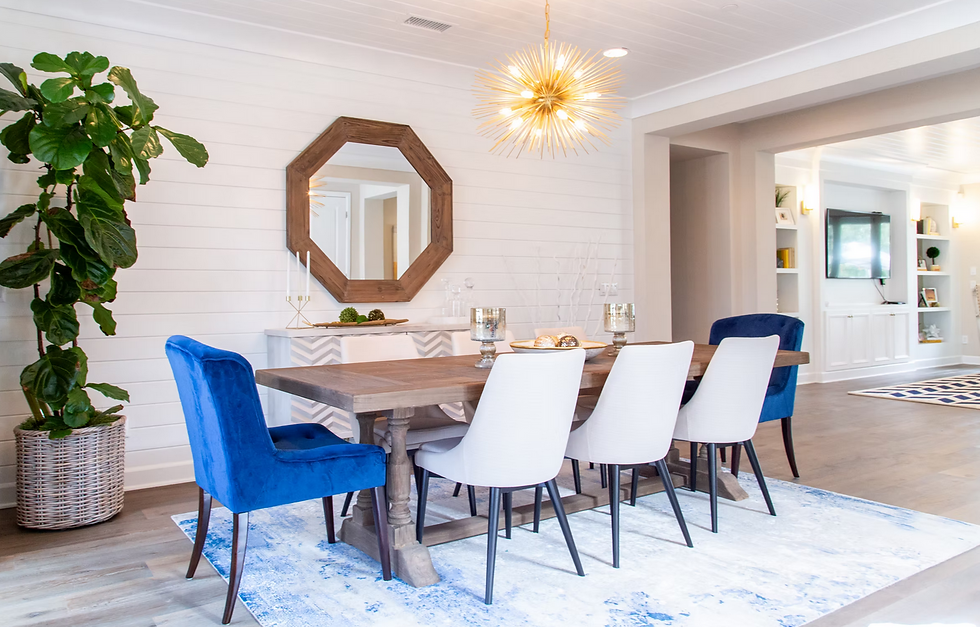Incredible Tips On Creating Color Throughout Your Home
- Vision Interiors
- Apr 9, 2021
- 2 min read

Color preferences vary as far as personalities. Some folks love the bright and the daring, but others feel protected surrounded by neutrals. The fantastic news is that in regards to color, there really is no"ideal" palette.
That having been said, we have all been inside homes where an explosion of color created a undesirable feel between rooms -- and sometimes, the need to get out of that room.
An unbelievable way to avoid this outcome is to hire an interior designer to help direct your renovation or decorating project or simply to advise you on the best colors for your spaces.
Here are a few tips from our interior designers to help ease the process.
Select A Flow-Through Paint
1 seamless way to create a cohesive feel is to utilize a consistent paint color on the walls of linking spaces. More then ever, in homes that have more of an open floor plan, it is ideal to pick 1 color that is going to function as your main color or your neutral.
Now that doesn't mean it has to be white or beige or gray. However, the foyer, the hallways and that main connector room should all be the same color because you want to have that dominant color in your space.
Pay Attention to Sight lines
Sometime, certain customers may want to have more variety in their wall colors. When that happens to be the situation, think about sight lines.
Think about it like this; if you are standing in the living room, what other rooms are you really going to see? If you have a view into the kitchen, then the dining room and the foyer, then the colors for all these spaces might have to work nicely together. It can start to appear really weird if you have a different color scheme in each room.
Pick Color Groups
One way to make the color scheme flow from room to room is to restrict yourself to colors at the same temperature collection.
Some individuals will adhere to a warm color palette -- reds and oranges and yellows or a trendy strategy -- grays and greens and blues.
Another alternative, is to choose a couple of colors and then use assortments of it. If the main color is blue, then you may choose a gray-blue, a pristine blue and a navy paint as you go from room to room. The same idea can be used for decorative accessories.
For wall paint, you can ask the paint shop to create a"tint" of a specific color, perhaps knocking down the main color by 50 percent, which the mixer is going to do by adding white. They can create a lighter or darker variant of it. That's a fantastic way to synchronize without placing the same color everywhere. Paint decks can also be a fantastic inspiration source for finding colors that work well together.




Comments